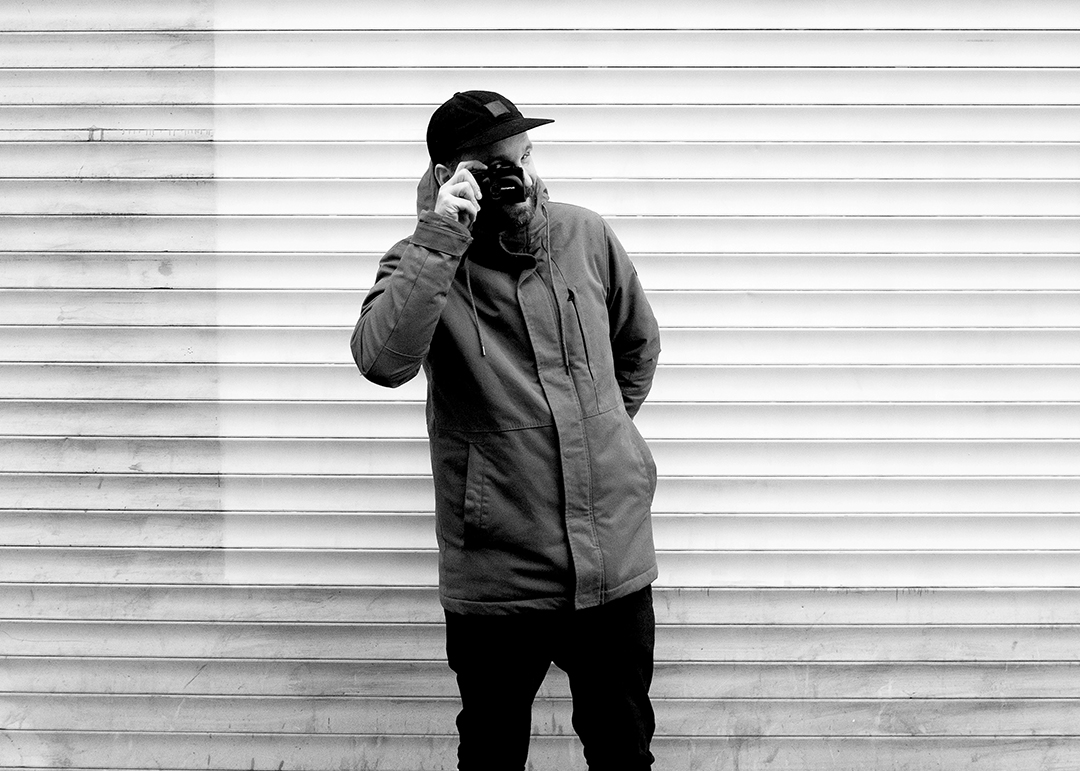
NAME:
Mathieu Van Assche
LOCATION:
Brussels, Belgium
WEAPONS OF CHOICE:
my open eyes
WORDS TO LIVE BY:
Don’t take it seriously but do it seriously
LINKS:
www.mathieuvanassche.com
https://www.instagram.com/mathieu.vanassche/



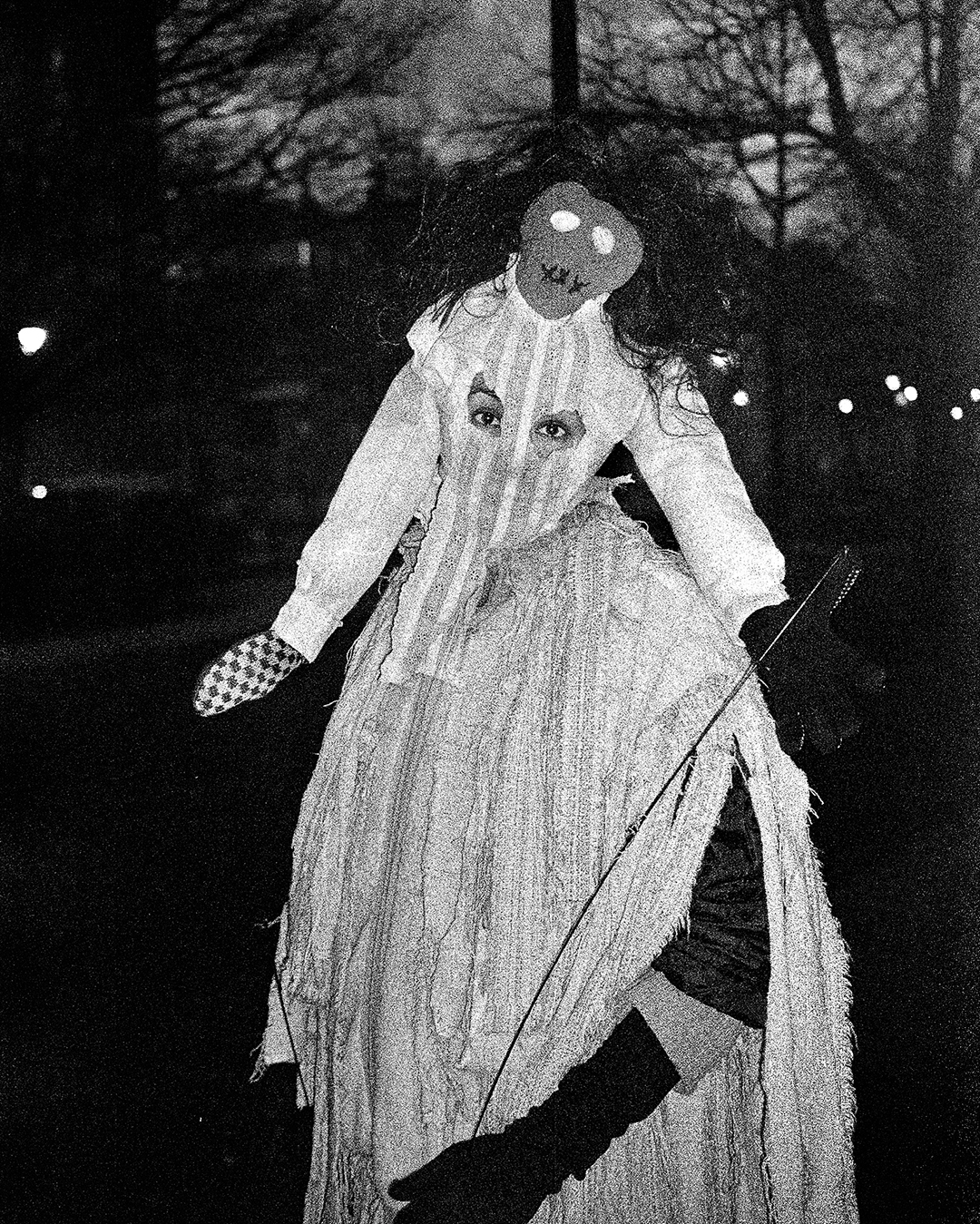

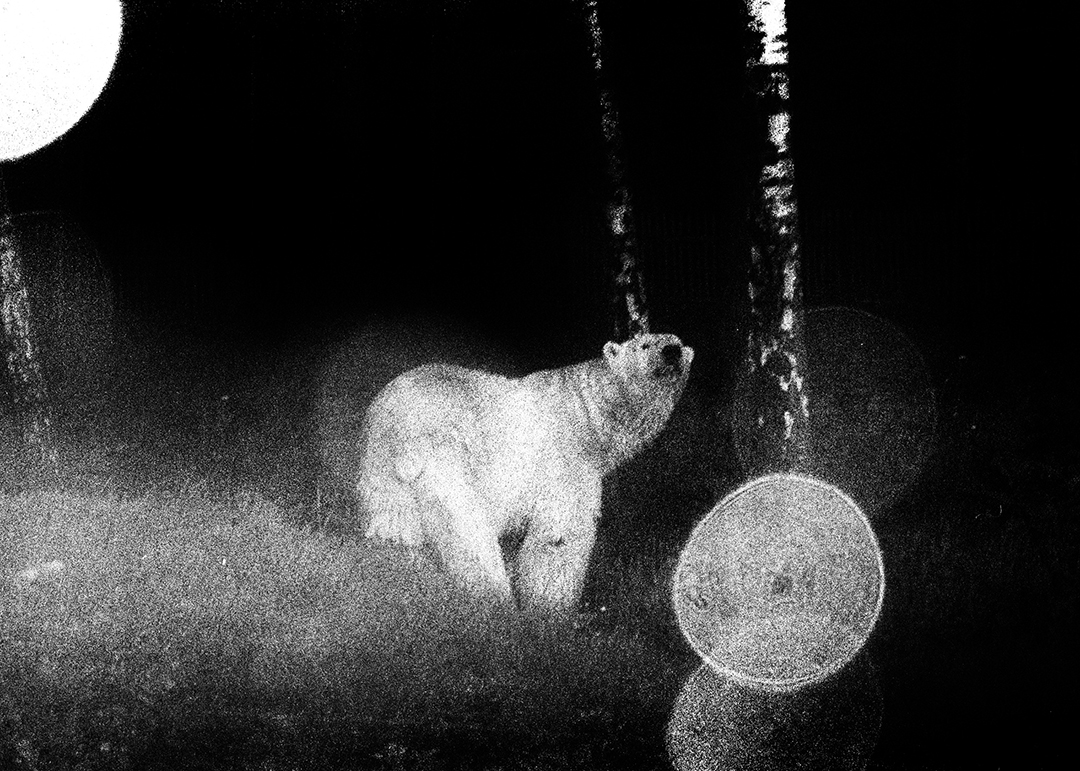


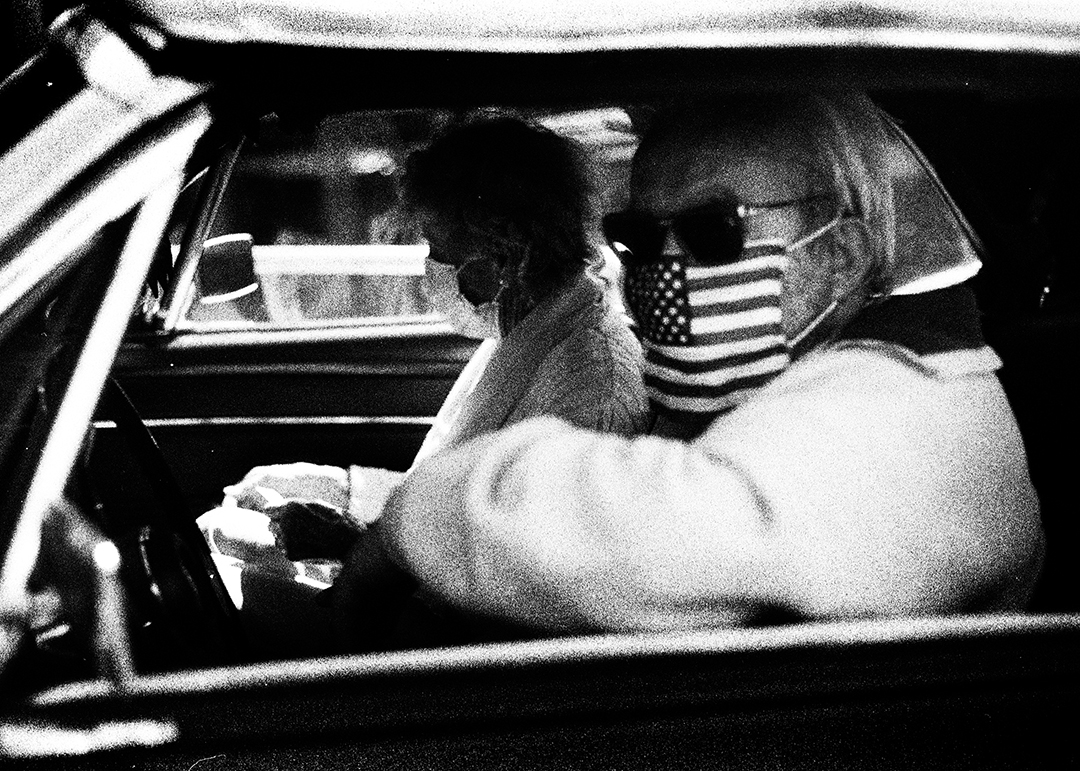

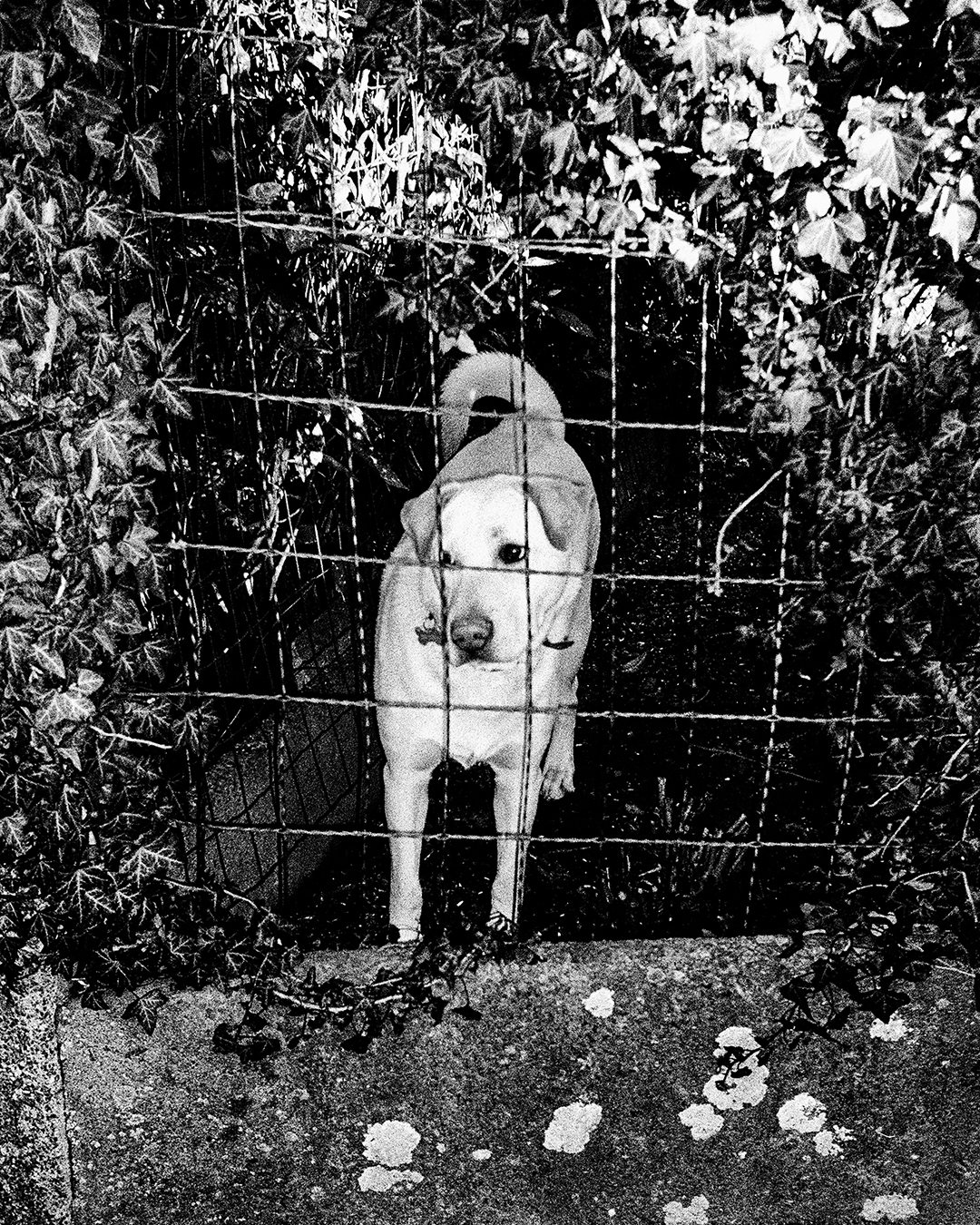
Photo Magazine

NAME:
Mathieu Van Assche
LOCATION:
Brussels, Belgium
WEAPONS OF CHOICE:
my open eyes
WORDS TO LIVE BY:
Don’t take it seriously but do it seriously
LINKS:
www.mathieuvanassche.com
https://www.instagram.com/mathieu.vanassche/












Did you get one of our new hoodies yet? I’m psyched on them. It’s a new chapter for us, new logo, new city, new vibes, etc. Celebrate with us. More colors coming too. Stay tuned.




Photo by Ray Potes
I get this question a lot. It is interesting that the photo book is now being prioritized over commissions or exhibitions. At least according to my emails and DMs, but also just look at all the book fairs popping up all over the world in recent years.
It is asked in many different ways like, “Can you list for me all of the publishers that will want to publish my book?” or “What are the steps on getting a book published?” or “Will you forward my work to all of the publishers and ask them to publish a book for me?” or “What is the formula to get a publisher to publish my work?..”
Here is my answer – I don’t know. I am being serious, I have no fucking clue.
I have friends who have sold prints to museums, have had multiple solo gallery exhibitions, huge commissions, speaking events, etc. and still are having a hard time trying to get a photo book published. On the other hand, we have seen people shoot a few polaroids and get multi year book deals, billboards, movies, champagne, and limo service. The truth is there is no exact formula on getting a book made. It just happens.
Reminds me of a quote, “The first thing I learned when becoming an adult is that there are no adults.” I don’t know who said it, but it applies here. Everyone is just kinda best guessing at life.
There’s 2 basic ways that I have seen books get made – firstly, you know someone who knows someone. Secondly, your photography is so wildly popular that a publisher is confident they can sell a ton of your books. It’s usually a combo of both.
Let’s start there. A big time publisher will spend $20k+ on a book and guess what, they want to make that money back and more. They have an office, a warehouse, and a bunch of employees, designers, sales people, etc. Your photo book is meant to feed all of these people. And they will eat before you do, you will get your royalties when there is a profit. I mean this both figuratively and literally, they will expense their lunch on the project’s budget (your book’s budget).
It’s an investment/risk to publish your book. These companies hedge their bets by publishing 20 titles a year. It’s not that different for smaller publishers, if they can’t publish a bunch of titles at once, your book just might make or break them. Sometimes stuff sells good, sometimes not so much. Sometimes it is because the photo quality is great, sometimes it is because the economy just sucks. Either way, it’s a huge commitment. And I think it’s a long term one.
Ok, let’s best case scenario this – let’s say someone puts out a book for you. You have a few events, you give a few talks, etc. A year or 2 goes by, now what? Time for another one, time for another body of work. Similar to the music industry, “You’re only as good as your next record.”
This leads to my main point. It’s all about the work. Make the good work. Do the good work that magnetizes. The book is a side effect of this magnetism. The real question, “How do I get better?” This is a combo of studying and crafting. It is my belief that good work will get good attention.
Besides self-publishing our regular stuff, Hamburger Eyes has had 3 different book deals from 3 different publishers. Looking back now, I am realizing that each time there was some kind of momentum that preceded the book deal. Like each time there was a good run of zines and books, shows and events, commissions and collabs for a solid year or 2, and then discussions with another publisher started happening. (This is not regular. Some of our years are very quiet.)
Also, we were already somehow connected to that publisher. Someone knew someone who knew someone that had we had met somewhere along the way. It is inevitable to meet other photographers or other ambassadors of photography if you are actually pursuing photography. It is inevitable that someone you know right now will have a nice job one day at a nice photo related place of business.
Thus, a photo book formula based off of this freestyle blog – work your ass off, hang out with other photographers. Work some more. Show the work to people, anyone. Get feedback, work some more. Be cool about it.
Notice I didn’t say anything about pitching, pdfs, portfolios, cold emails, cover letters, etc. It’s because I don’t think any of that is enough. I haven’t seen it. Again, I really don’t know, this is all just my opinion. I think their board of directors have whole networks in place scouting and recruiting new investments, both big and small, you have to end up on their radar.
Something else to think about – do you really need someone else to publish your first book? Do you really need 3000 copies? Can you sell that many? How about self-publish 100 copies and see how that goes first? (Don’t worry, I am already planning a series of blog posts about doing it yourself.)
Yes, some people are naturals, their photos are amazing with little to no effort. They talk all good and shit. They are young and good looking. Publishers and benefactors can’t wait to give them money for multiple eras of future works. This is not the norm.
“Your first 10,000 photos are your worst.” – Henri Cartier Bresson
This is the norm. There are always exceptions, no doubt, but most of of us here haven’t shot enough. I include myself. This is not meant to discourage you. This is meant to hype you to go out and shoot more all day all night.

Photo by Trey Millward
More photos from our most recent issue. New issues coming soon.
For now, check out what is available in our online shop.

Photo by Michael Roemers

Photo by John Brian King

Photo by Scott Wade

Photo by David Nelson Hospers

Photo by Jordan Utley

Photo by Elmo Tide

Photo by Martina Borsche

Photo by Ray Potes
A few realizations are happening all at once for me. First, there is a education crisis on this planet. There is a shortage of teachers, they are under paid, they are stressed, they are leaving, etc. Second, to teach something is to know something. Meaning, to really learn something is to be able to explain it in depth. Third, if you are a couple steps ahead of someone, you can offer advice and consultation. It doesn’t necessarily have to be “teaching”.
That paragraph is mostly me sorting out my own trepidations on blogging about photography and publishing. I’m no expert, but people do come to me with questions and I want to be helpful. Thus, we begin a hopefully regular blog series answering questions that I get in DMs and emails.
Today’s topic is about creating systems to support your photography. I wanted to write about submissions, I will next, but it is important to have your files proper before you do anything. This is tactical. This is about what to do with your photos after you are done shooting.
I would say most photographers I know are somewhere on a organizational spectrum where one side is a spaghetti of unlabeled negatives in a shoebox to the other side where each negative is marked and filed into a dewey decimal system detailed database and backed up in multiple clouds.
Let’s start from the end. Let’s say someone wants to buy a photo off you. Let’s say its a 16×20 print. They will have questions, besides the who what where why when how of the shooting, there will be same questions for the processing and the printing. Sounds basic because it is.
Here is the system : shoot a photo, file it, process it when it is called upon for print or publication. Easy.
Here’s how the system breaks (very easy) : shoot a lot of photos, file only some of them, process only some of them, make prints zines and books and can’t remember which photos went where. Months go by, maybe years, and now a pile of unorganized work work is waiting for you and forever growing in multiple directions as you continue to shoot. Most photographers I know have some sort of back log that needs to be untangled.
Even with all the softwares and different organization methods these days, pros will still hire assistants just to help manage this. (As I write this I’m realizing this might be more about self discipline and this just might be a letter to myself lol. )
All this being said, we are artists, not robots. So what if we want to work off vibes instead of hard drives. I get it. But as a publisher, an editor, and a curator, I need resolution and I need participation on your part. (It is shocking when someone will send me lame files and when I ask for better ones, they cant find the negs.)(Origin story of this blog post.)
Here’s my suggested system (I am writing this for film, but it is basically the same for both. You can skip the obvious parts if you shoot digital.)(Also, note that I use the word “process” in 2 ways. Firstly, “process” a roll a film. Secondly, “process” a file in photoshop for print or publication.) :
A. SHOOTINGS
1. Shoot a roll.
2. Process and proof it.
3. Put both negs and proof sheets into a folder.
4. Label that folder with notes of what’s in it, month, and year.
5. Put that folder into a box or filing cabinet.
6. Label that box or filing cabinet with the year.
7. Repeat for incoming rolls. Keep everything grouped by month and year.
B. SCANNINGS
1. Pull a neg from the filing cabinets.
2. Scan at highest resolution possible.
3. Maybe some light editing. Little to none.
4. Save to a folder that is labeled with same month and year as was shot.
5. Return neg to filing cabinet.
6. Repeat for incoming scans. Keep everything saved by month and year.
C. PROCESS FOR ANALOG PRINTS
1. Pull a neg from from filing cabinet.
2. Go in a darkroom and print it.
3. Return neg to filing cabinet.
4. Make printing notes and shooting notes.
5. Place print with notes in a box labeled by month and year of date printed.
6. We can get into this later but I think it’s cool to have shot dates and print dates.
D. PROCESS FOR DIGITAL PRINTS
1. Pull up a scan from the scan files.
2. Prepare size and resolution in photoshop.
3. “SAVE AS” a new file. (Do not overwrite original scan.)
4. Place new file into a folder labeled with project name and month and year.
5. Stay organized by month and year.
6. Upload file to lab of your choice.
7. Receive print, make some notes.
8. Place print with notes in a box labeled by month and year of date printed.
E. PROCESS FOR PUBLICATION
1. Pull up a scan from the scan files.
2. Prepare size and resolution in photoshop.
3. “SAVE AS” a new file. (Do not overwrite original scan.)
4. Place new file into a folder labeled with project name and month and year.
5. Upload that new file to where ever or use in your own layouts.
6. Stay organized by month and year.
This is a lot, I know, but there is still probably stuff I missed. Here is a sample of how I am setup (I shoot mostly digital now) – I have an external hard drive with folders labeled by year. Inside each year there are 13 folders. One is labeled “PROJECTS” and the rest are labeled by month. In the monthly folders, you might see nothing, or just a few photos, or a bunch of more folders labeled things like “PHONE” or “SF” or “Oceanside”. I usually label things by location. I dump my cameras weekly, I dump my phone monthly. These files are the original unedited straight out of the camera files or large neg scan files.
In the “PROJECTS” folder, you will see folders labeled with all the projects from that year, could be nothing, could be zines or books I’m working on, commissions, or print files for an exhibition. These files have been edited and cooked up in photoshop, indesign, and whatever else. Obviously, once a photo is prepped at a specific size or resolution for one project, you can use it for another project with the same requirements. I like to save it in both places. Yes, it is eating up space but I don’t mind. You might have a project where you are using super old photos mixed with super new photos. I don’t want to hunt for anything and I want to see what photos I used for what projects regardless if I used them before for something else.
All of this can be tweaked for your style of working. It is when you are decades deep where these systems matter the most. People interested in your work will appreciate the easy access and availability of your library. Also, it’s nice to look back on a particular year and see if it was a productive one or not.
Hope this helps you on your photo journey.

Photo by Elmo Tide
These photos from our most recent issue.
Today marks the 22nd anniversary of Hamburger Eyes being a zine. Thank you to all who have ever submitted photos and thank you to all who have ever shopped in our online store. We love you and without you we couldn’t do what we love to do which is shoot photos and make zines all day. What a life. Thanks to you again and again and again.
CLICK HERE FOR 15% DISCOUNT ON EVERYTHING TODAY
( or enter this code when checking out – VDAYBDAY )

Photo by John Brian King

Photo by Michael Roemers
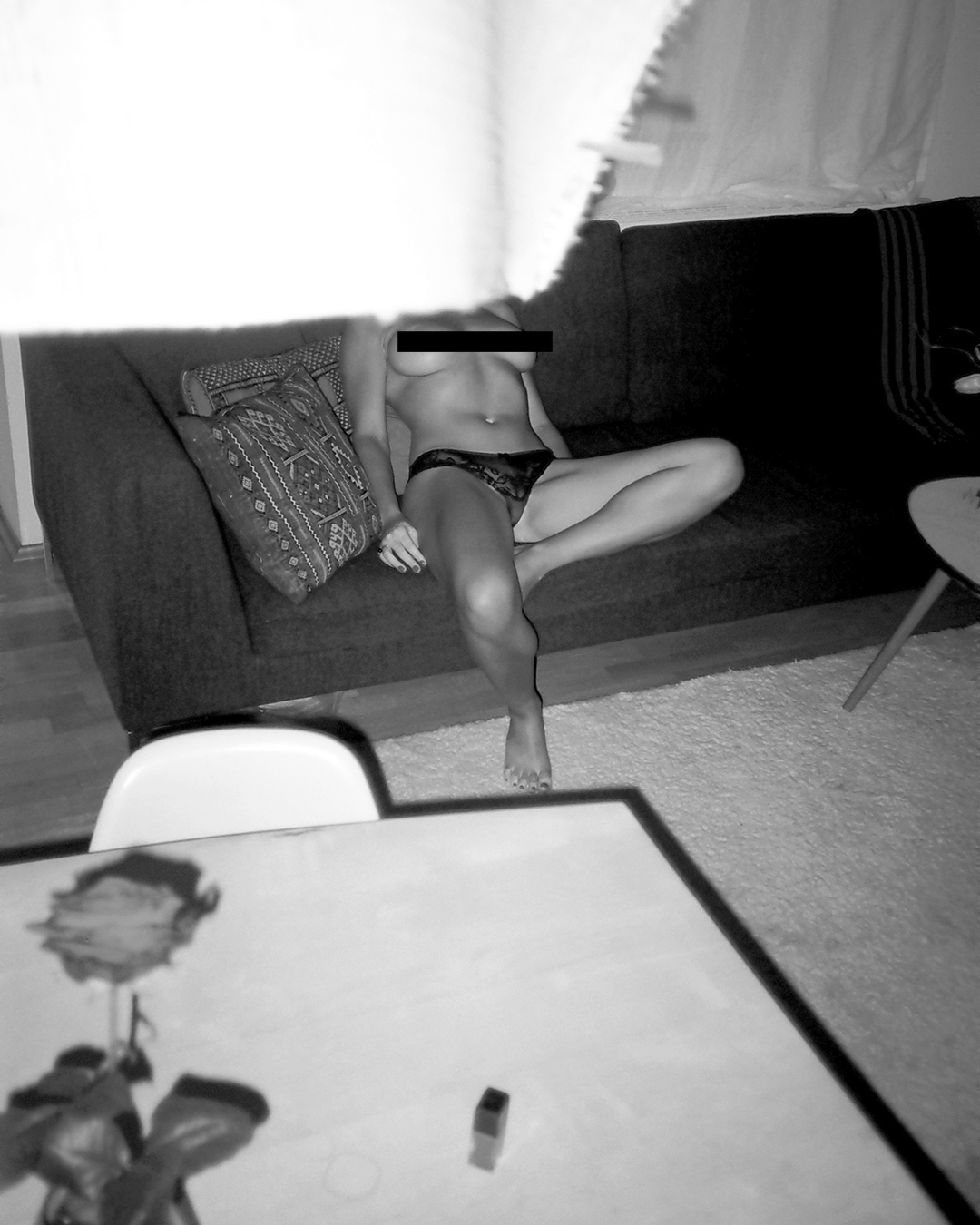
Photo by Martina Borsche

Photo Trey Millward

Photo by Wade Scott

Photo by Jordan Utley

Photo by David Nelson Hospers
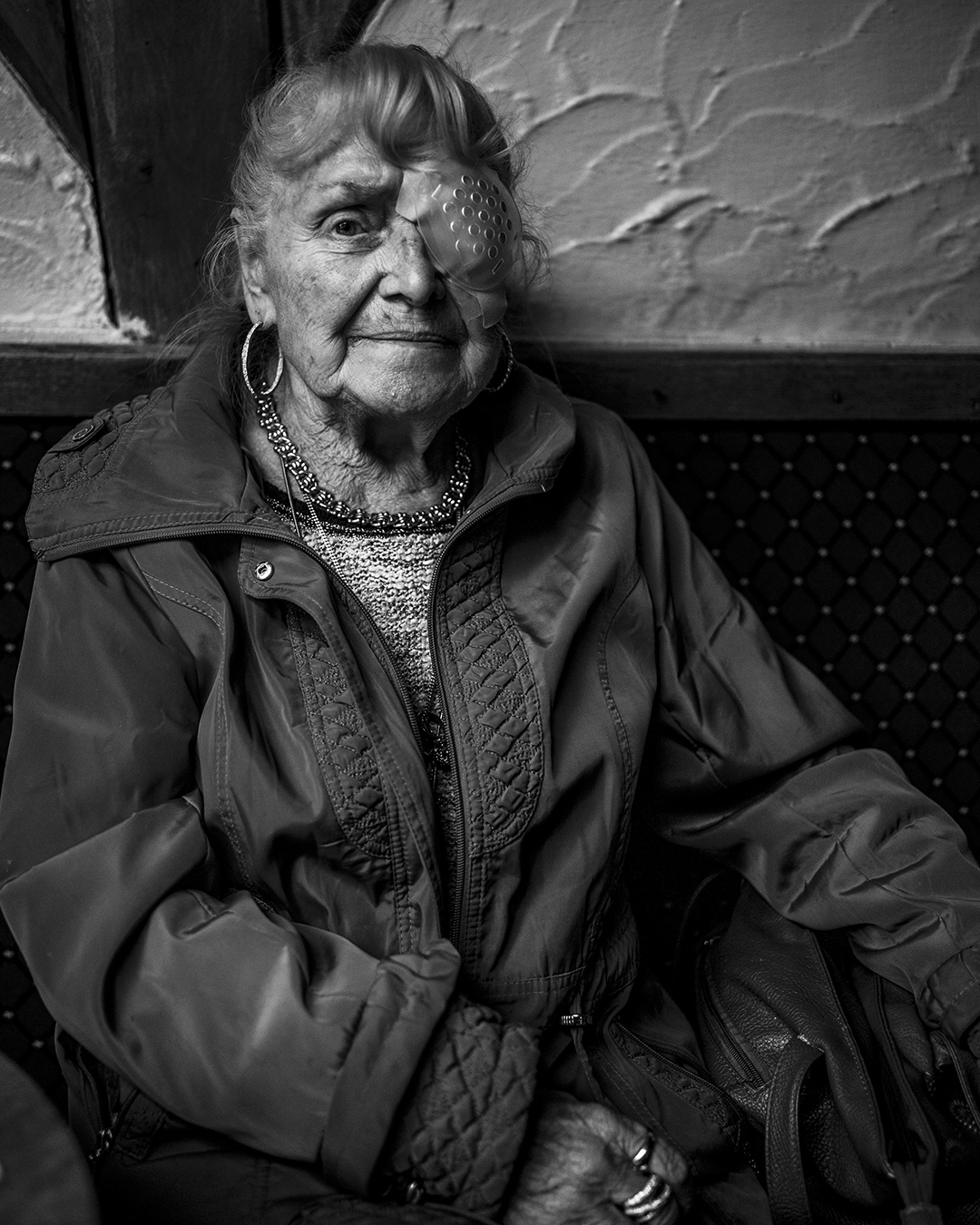
Photo by Michael Roemers
More photos from our most recent issue. This one came out good.
CLICK HERE TO GRAB YOURSELF A COPY

Photo by Elmo Tide
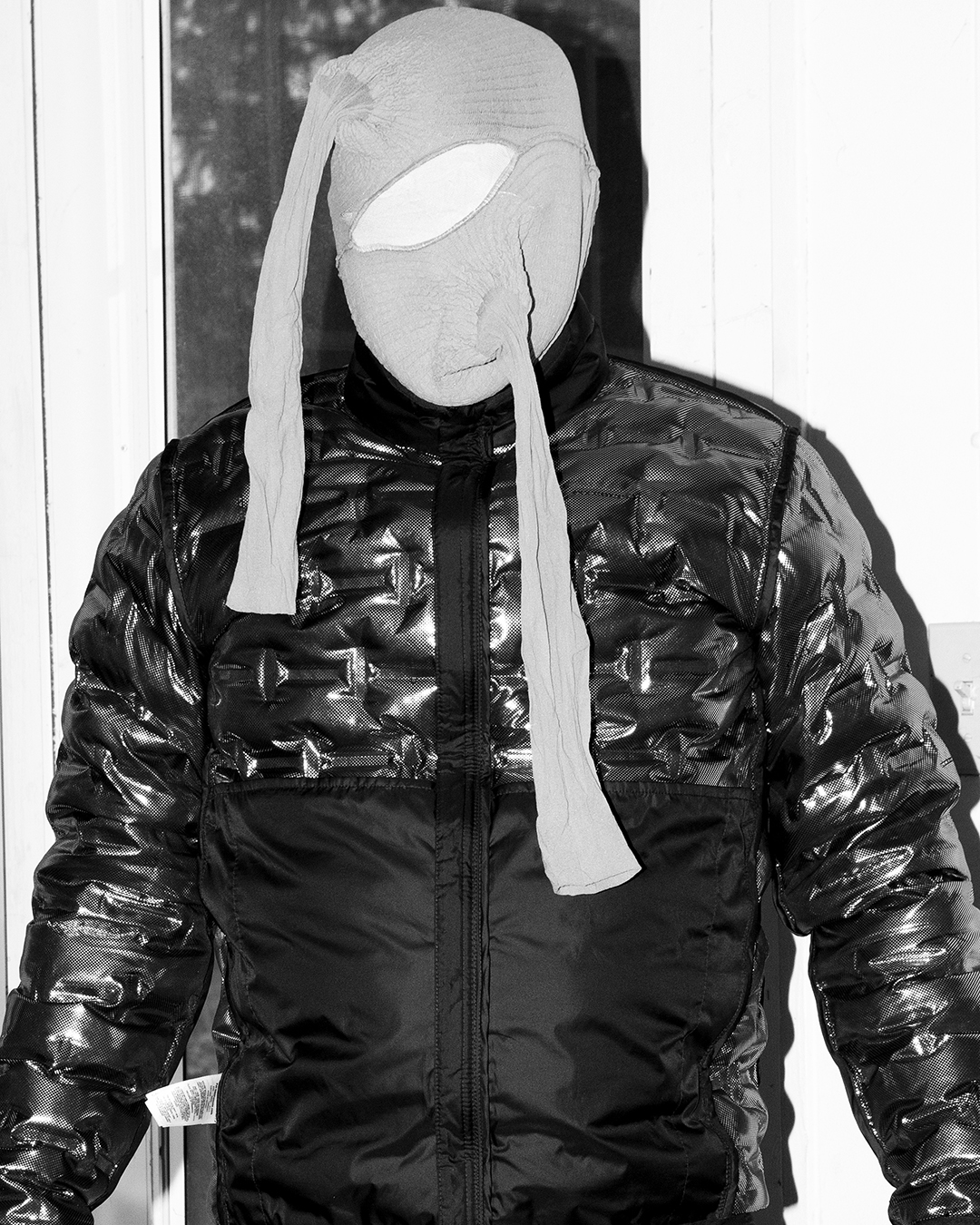
Photo by Trey Millward

Photo by Martina Borsche

Photo by David Nelson Hospers

Photo by John Brian King

Photo by Jordan Utley

Photo by Wade Scott

Photos by Ray Potes
Cameras are tools. They are an important part of the craft for sure, but asking someone what their favorite hammer is or needle nose pliers is not really a good first question. If you just ate something delicious, you wouldn’t ask the chef which frying pan did they use. Maybe you would but I think it would come later in the conversation. “Excuse me, did you use a spatula or tongs on this?”
This post is sparked by the last post about people asking me which camera to buy. What is happening is that I have assumed everyone reading Hamburger Eyes is already obsessed with photography which is not true, some are just getting started. I think my new mission in life is to keep you obsessed if you are already, or get you obsessed if you are not.
Part of the obsession is chasing a certain quality or fidelity or feeling, chasing that secret sauce. So you experiment with different cameras and lenses. It’s fun and it is part of how you “develop” technique and skill and vision. I am not trying to say it’s not ok to ask, I am saying it’s not ok to not experiment for yourself.
Don’t worry, in a future post I will list cameras I have used, am using, and hoping to use in the future. These photos here are screenshots of my IG page (@rays_reports). These photos are a mix of old and new, shot with Samsung Galaxy 7, 8, 10e, Olympus TG6, Lumix GX85, Nikon A1000, Nikon D750, Nikon F100, Yashica T4, Fuji Natura Black, and maybe more that I can’t think of. I am still experimenting.
The point is it doesn’t matter, just get to shooting. Too expensive is not a good excuse, there are good finds at swap meets and thrift stores. And we have published photos from disposable cameras, broken cameras, plastic cameras, etc


Photo by Ray Potes
I have been selfish. I do these Q+A thingies on the Hamburger Eyes IG stories and I get a ton of questions about photography and publishing. Sometimes I can be informative, but most of the time I hold back. For one, there is only so much space to write. For two, I have always viewed myself as a student. I am still learning. Hella much. Who am I to teach anything when I don’t have any formal education or legit “profession”?
I think I came off annoyed in the last one. Like, how can I answer what camera or what paper type is the best when I am still experimenting and figuring it out. So I made some vague and smug answers. I apologize for my bad attitude.
There exists a weird old school old man vibe of not sharing. I imagine chefs are like this. They don’t want your photos to look like their photos. They do not want to share their secret recipes of cameras, lenses, films, film developers, and papers. I worked in many labs and I adopted this practice too. While the black tape all over my cameras logos is stealthy, it is mostly for a fear of sharks. (Biters. Copycats.) I once heard that old Hawaiian tribes had their own secret tunings for ukulele. How far would they go to protect these tunings? Could these tunings be used as a form of identification?
I got over this sentiment a long time ago because I work with so many photographers and love to talk shop, but it is still there for some. And publishers too. They will never tell you where they are printing their books and it can be very rude in some circles to even ask. So out of respect for tradition, it is sometimes hard for me to answer these questions.
Still, I got more DMs with more questions even after the sesh was over. And according to my analytics, everyone is younger than me. Way younger. So I can shed some light on some topics for sure and provide some understanding for them to make up their own recipes. I know when I meet other photographers, especially older ones or more professional ones, I ask a minimum of 1 million questions. Gold digging for any kind of knowledge or wisdom nuggets I can get, if not technique then philosophy or even just gear nuggets.
It’s not fair to hoard all the nuggets. I will do better. I have freestyled some writings on here before, on again off again, but now a much clearer path has presented itself. I will start sharing everything I know about photography and publishing, including the tools I use and why I use them. I will be your nugget man.
Put in the comments any questions you have and I will answer them in the form of a blog post.

Photo by Scott Wade
More photos from our most recent issue. If you didn’t know by now, Hamburger Eyes is a printed publication. This issue has 8 photographers in it, 100 pages total. It is bound by glue. The cover is glossy. It’s exciting.

Photo by Jordan Utley

Photo by Elmo Tide

Photo by Martina Borsche

Photo by David Nelson Hospers

Photo by Trey Millward

Photo by John Brian King

Photo by Michael Roemers